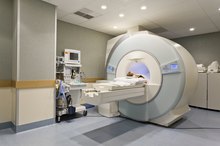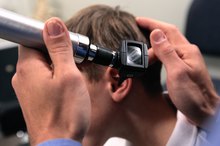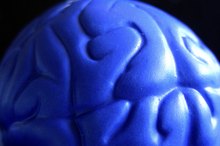Left Frontoparietal Functions in the Brain
The human brain is divided into four external sections or lobes: frontal, parietal, occipital and temporal. Additional classification of the right and left hemispheres divides the brain in half. Each portion of the brain, including the left frontoparietal region, has a specific function.
Frontal Lobe
The frontal lobe is responsible for reasoning, planning, emotion control and personality. A portion of the left frontal lobe helps you convert thoughts into words.
Parietal Lobe
What Do the Parts of the Brain Control?
Learn More
The parietal lobe controls sensory perceptions, helps you understand auditory and visual signals by connecting them with your memory, and gives you the ability to understand spoken and written language.
Frontoparietal Region
The frontoparietal region is the part of the brain where the frontal and parietal lobes meet.
Left Parietal Lobe
What the Different Parts of the Brain Do?
Learn More
The left side of the parietal lobe controls the ability to write, do mathematics, understand spoken and written language, and perceive objects normally.
Left Frontoparietal Region
The left frontoparietal region is the portion of the left frontal and parietal lobes that overlap. When brain activity exists between lobes, it is called "crosstalk." According to an experiment by Daniel Weissman of the University of Michigan, Ann Arbor, a network of tissue along the edges of the frontal and parietal lobes operate attention, decision-making and intelligence, New Scientist reports.
Related Articles
References
Writer Bio
Catherine M. Albano has worked in various forms of publishing for more than 24 years as an art trainee, magazine production editor, composition and layout specialist, and project editor. She has written articles for various websites and graduated from Marist College with a Bachelor of Arts in English, concentration in writing.









